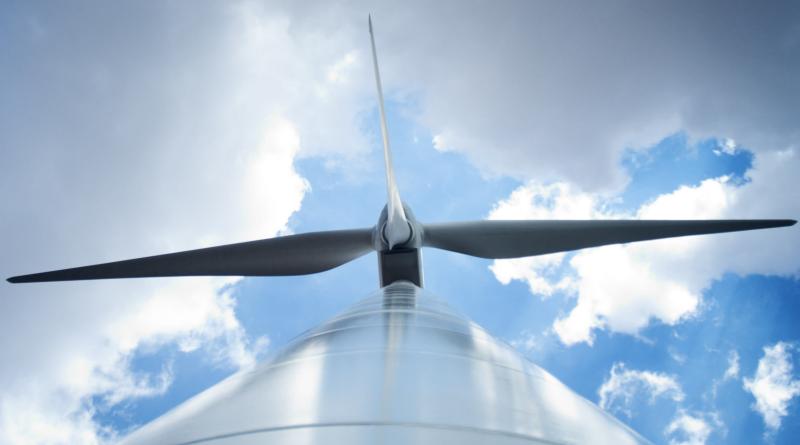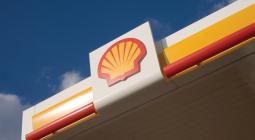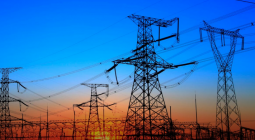Shell and Eneco's offshore wind farm to include floating solar and hydrogen production.

A consortium made up of Shell and Eneco is to develop an offshore wind farm that will incorporate a range of "technology demonstrations" including floating solar and hydrogen produced by electrolysis.
The 759 megawatt (MW) Hollandse Kust (noord) facility will be subsidy free and able to produce at least 3.3 terawatt hours annually, according to Eneco, a Rotterdam-headquartered firm whose shareholders are the Mitsubishi Corporation and Chubu Electric Power Co. The project will use 69 turbines from Siemens Gamesa, which will have a capacity of 11 MW each.
The CrossWind joint venture, as it's known, is aiming for the project – which will be located in waters approximately 18.5 kilometers off the coast of the Netherlands – to be up and running by the year 2023.
While the scheme will not be the biggest offshore wind farm around – Hornsea One, in waters off Yorkshire, England, has a capacity of 1.2 gigawatts (GW), for example – it will do more than just produce wind power.
In a statement on Wednesday, the Netherlands' Ministry of Economic Affairs and Climate Policy said CrossWind would "test a variety of innovations in the field of energy storage and flexibility, with the possibility of rolling them out on a larger scale at other wind farms in the future."
According to Eneco, the demonstration projects will include, among other things, "short-term battery storage", floating solar technology and so-called "green hydrogen" generated by electrolysis. Green hydrogen refers to hydrogen produced using renewable sources such as wind power.
Reacting to the news on Thursday, industry body WindEurope emphasized the multi-faceted nature of the CrossWind scheme.
"In terms of sheer size, Hollandse Kust Noord is smaller than the Hollandse Kust Zuid 1-4 project, which, with around 1.5 GW wind capacity, will be the largest offshore wind project worldwide when fully operational," it said.
"Nevertheless, Wednesday's announcement is notable: the Crosswind consortium was awarded the right to develop the Hollandse Kust Noord offshore wind farm because its winning bid included several elements of system integration and storage."
The Dutch government is looking to ramp up its offshore wind capacity in the next few years. According to the Ministry of Economic Affairs and Climate Policy, it will reach 11 GW by 2030, up from approximately 1 GW today.
Thursday saw Royal Dutch Shell report adjusted earnings of $638 million for the second quarter of 2020. That compared to net profit of $3.5 billion over the same period a year earlier and $2.9 billion in the first three months of 2020.
—CNBC's Sam Meredith contributed to this report
30 July 2020
CNBC




